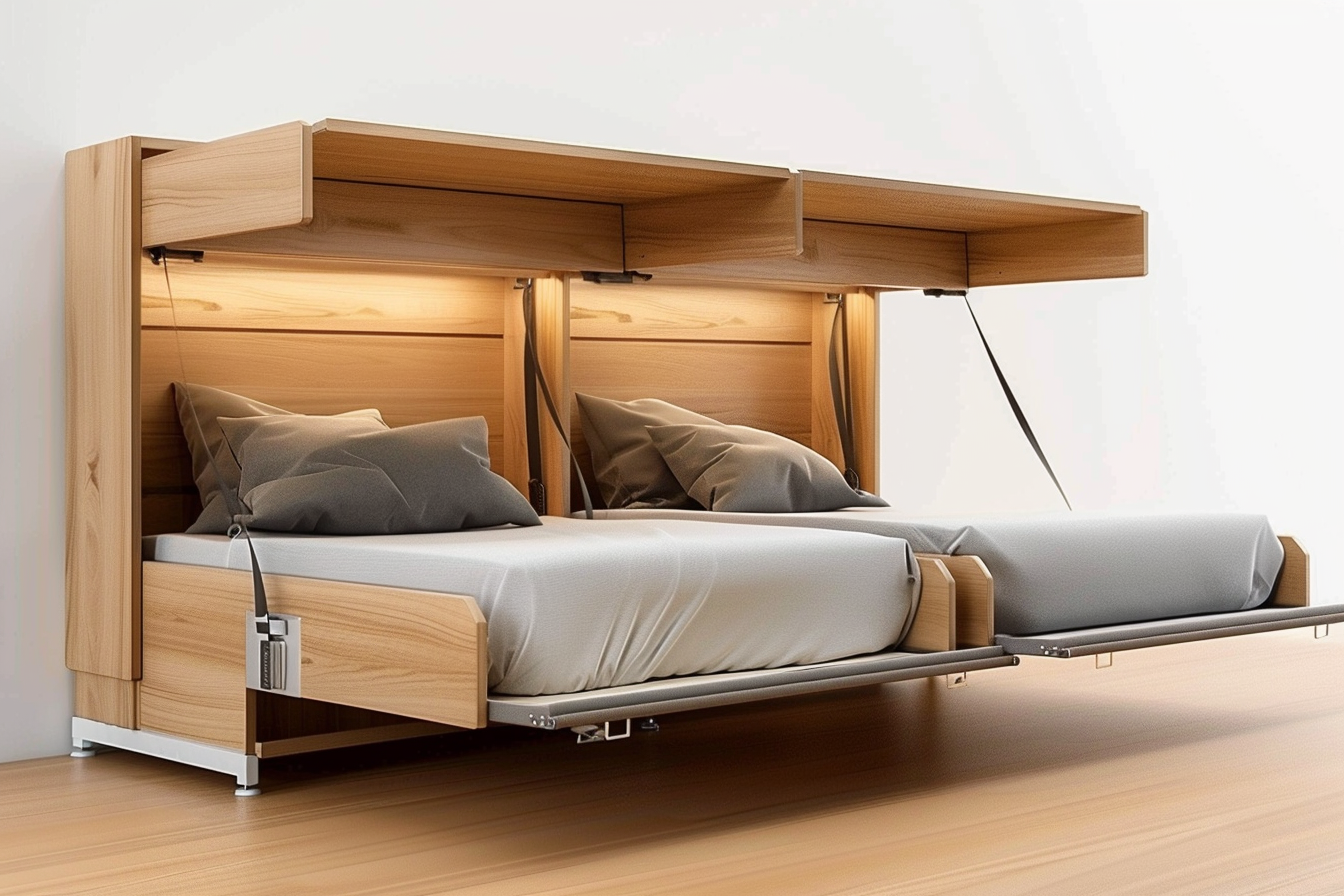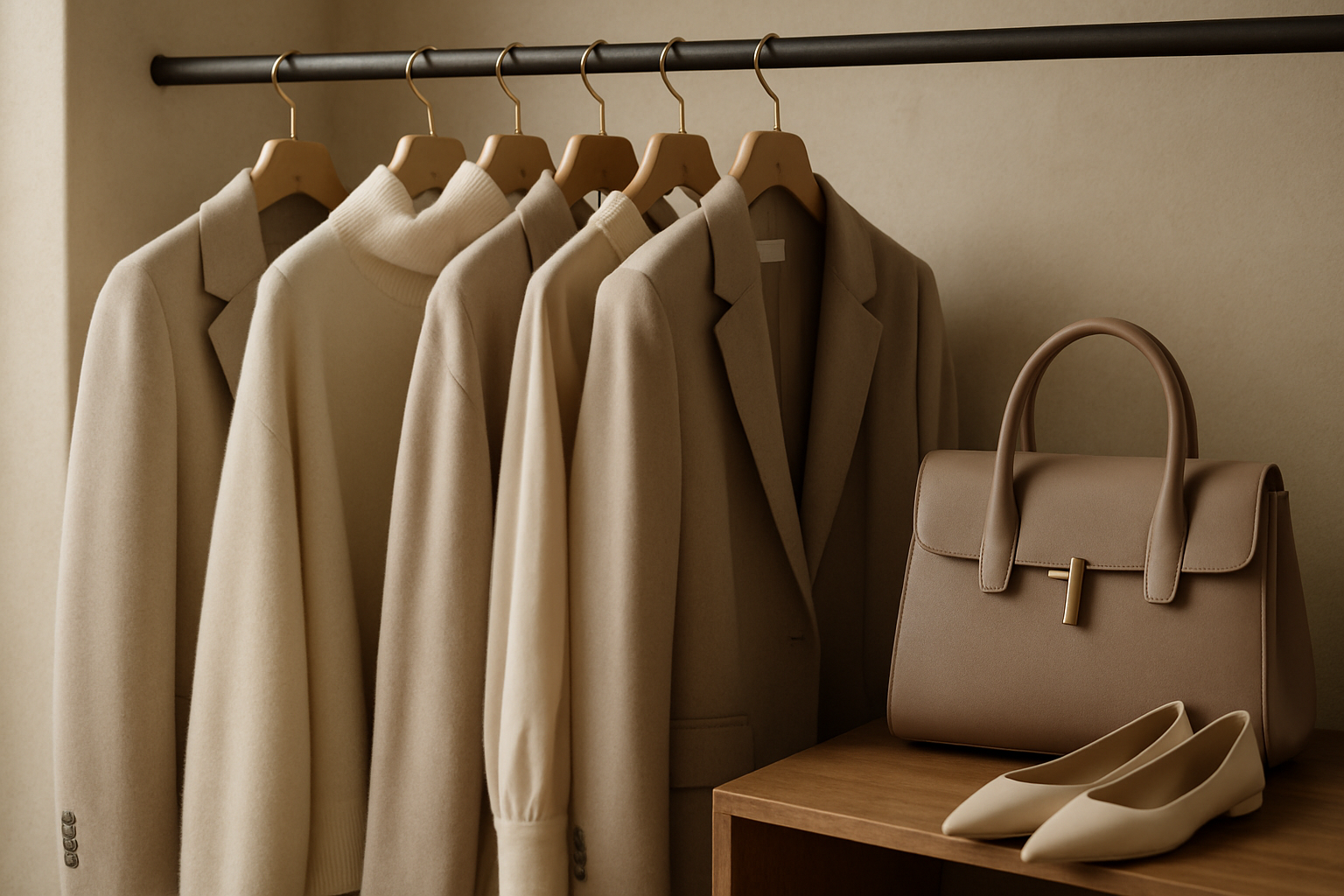The Allure of Wabi-Sabi in Western Home Design
Imagine stepping into a home where imperfection reigns supreme, where weathered surfaces tell stories of time passed, and where the beauty of nature's cycles is celebrated rather than hidden. This isn't a scene from a rustic cabin in the woods, but rather the emerging trend of Wabi-Sabi in Western interior design. Rooted in Japanese philosophy, this aesthetic is captivating homeowners and designers alike, offering a refreshing counterpoint to the polished perfection often sought in modern decor.

The term Wabi-Sabi is a combination of two words: Wabi, referring to rustic simplicity or understated elegance, and Sabi, which can be translated as the beauty that comes with age. Together, they form a philosophy that finds beauty in the flawed or imperfect, appreciating the natural cycle of growth, decay, and death.
The Aesthetic Language of Wabi-Sabi
In Western homes, Wabi-Sabi manifests through a variety of design elements. Organic materials like unfinished wood, stone, and clay take center stage, often left in their natural state to showcase knots, grain patterns, and irregularities. Color palettes lean towards earthy, muted tones that evoke a sense of calm and connection to nature.
Furniture and decor items in a Wabi-Sabi inspired space often feature handcrafted elements, celebrating the marks of the maker and the uniqueness of each piece. Antiques and weathered items are prized for their patina and the stories they tell, rather than being discarded for newer, more perfect replacements.
Wabi-Sabi’s Appeal in a Fast-Paced World
The growing interest in Wabi-Sabi among Western homeowners can be seen as a response to the increasingly digital and fast-paced nature of modern life. In a world where perfection is often equated with filtered social media images and mass-produced goods, Wabi-Sabi offers a refreshing alternative that celebrates authenticity and mindfulness.
This aesthetic encourages a slower, more contemplative approach to home design. Rather than constantly updating decor to keep up with the latest trends, Wabi-Sabi invites homeowners to curate spaces that evolve naturally over time, accumulating character and charm through daily use and natural aging processes.
Implementing Wabi-Sabi in Western Homes
Incorporating Wabi-Sabi into Western interiors requires a shift in perspective more than a complete overhaul of one’s space. It begins with embracing imperfection and finding beauty in the unique characteristics of objects and materials.
One approach is to introduce natural, unrefined materials into the home. This could mean opting for handmade ceramic dishes with slight irregularities, choosing furniture made from reclaimed wood, or incorporating stone elements with visible veining and variations.
Textiles play a crucial role in Wabi-Sabi interiors. Linen, with its tendency to wrinkle and soften over time, is a favorite. Raw silk, wool, and other natural fibers are also popular choices, particularly when left in their natural, undyed states or colored with plant-based dyes.
In terms of layout and spatial design, Wabi-Sabi encourages asymmetry and negative space. Rather than filling every corner, this aesthetic values emptiness as a way to create balance and allow individual elements to breathe and be appreciated fully.
The Sustainability Angle of Wabi-Sabi
Beyond its aesthetic appeal, Wabi-Sabi aligns well with growing concerns about sustainability in home design. By valuing items that age gracefully and improve with use, this philosophy naturally leads to a reduction in consumption and waste.
The Wabi-Sabi approach encourages repairing and mending items rather than replacing them, a practice known as Kintsugi in Japanese ceramics. This not only extends the life of objects but also adds to their character and perceived value.
Moreover, the emphasis on natural, minimally processed materials in Wabi-Sabi design often translates to a lower environmental impact. Many of these materials are renewable, biodegradable, or easily recycled at the end of their lifecycle.
Challenges and Considerations
While Wabi-Sabi offers a refreshing alternative to mainstream Western design aesthetics, it’s not without its challenges. For many, letting go of the desire for perfection and newness can be difficult. There’s a fine line between embracing imperfection and neglecting maintenance, and finding this balance is crucial to successfully implementing Wabi-Sabi principles.
Additionally, as with any design trend that borrows from other cultures, there’s a risk of superficial adaptation without true understanding. To truly embrace Wabi-Sabi, it’s important to delve into its philosophical underpinnings and approach it as a holistic worldview rather than just a set of design guidelines.
The Future of Wabi-Sabi in Western Design
As our lives become increasingly digital and fast-paced, the appeal of Wabi-Sabi is likely to grow. This aesthetic offers not just a visual change but a shift in mindset - one that encourages mindfulness, appreciation of natural processes, and a more sustainable approach to consumption.
In the coming years, we may see Wabi-Sabi principles influencing not just interior design, but architecture and product design as well. The emphasis on durability, natural aging, and repair could lead to innovative approaches in sustainable design across various industries.
Ultimately, the rise of Wabi-Sabi in Western home design represents more than just a trend. It’s a reflection of changing values and a growing desire for authenticity, sustainability, and connection in our living spaces. As we continue to navigate the complexities of modern life, the simple, grounded beauty of Wabi-Sabi offers a welcome respite and a new way of seeing the world around us.





